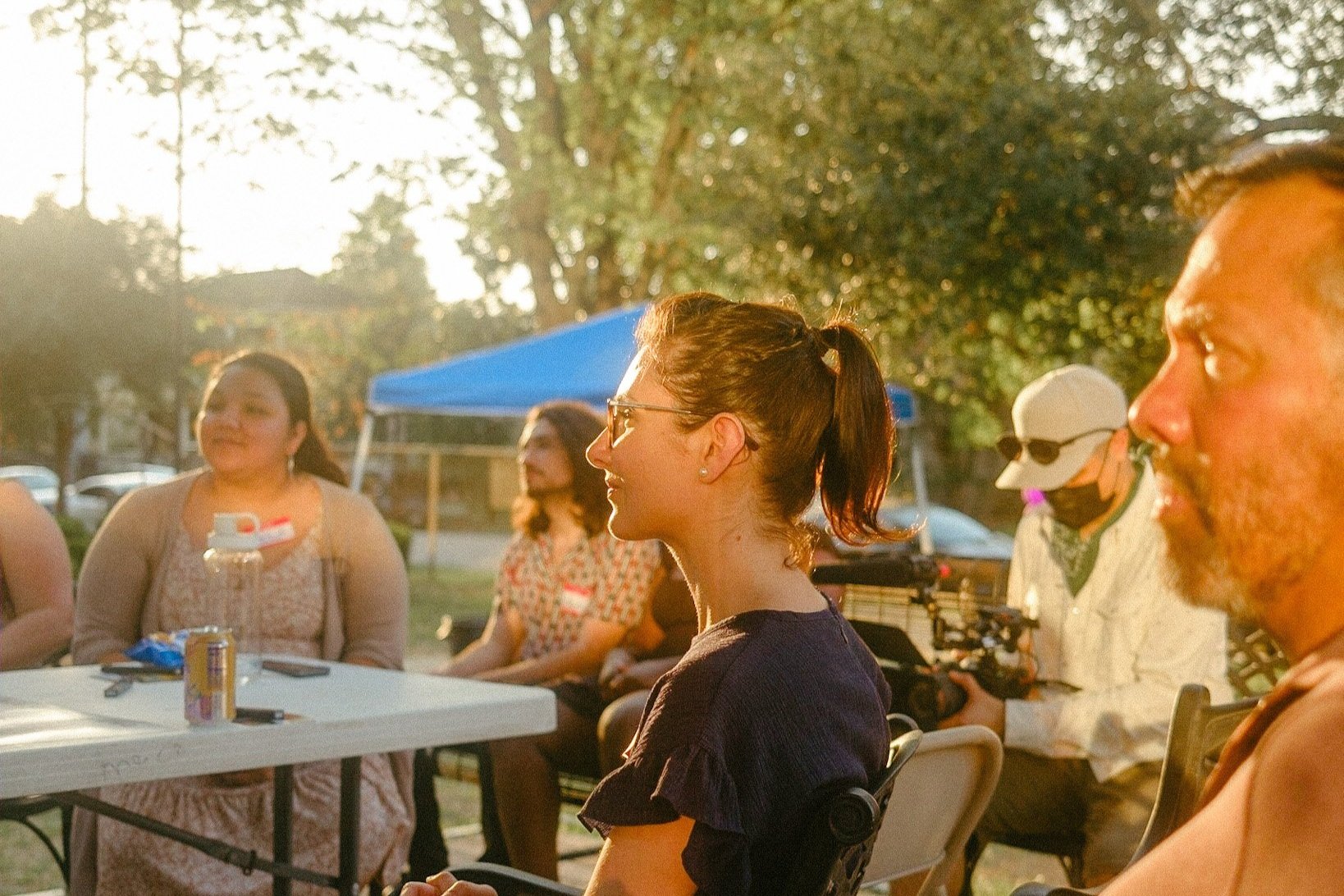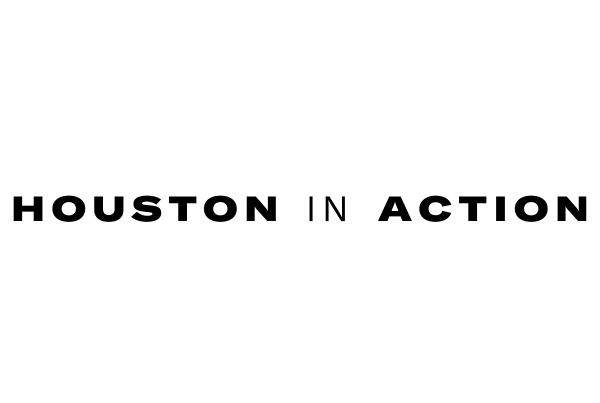
Language Accessibility
What is the difference between “interpretation” and “translation”?
Interpretation: refers to the oral and signed processing of languages
Translation: refers to the written process of conveying information in one language to another language
What is the difference between “consecutive” and “simultaneous” interpretation?
Consecutive interpretation: interpreted speech will follow after the original speaker/panelist has paused after the end of a thought/sentence. This process takes much longer than simultaneous interpretation.
Simultaneous interpretation: interpreted speech will occur at the same time as the original speaker is speaking. This process can generally be much more expensive than consecutive interpretation, since it’s a very specialized skill.
Many native speakers of any language may struggle with conducting simultaneous interpretation, but are comfortable with doing consecutive interpretation.
ADA accommodations
For deaf and/or blind individuals, braille and sign language interpretation is imperative to ensure their ability to engage, if they’d like.
Best Practices
Interpretation/translation can be a very expensive service. Live simultaneous interpretation in particular is an extremely specialized skill.
To avoid “emergency/next day” fees, consider giving yourself at least one month to secure and hire an interpreter.
Simultaneous interpretation usually calls for two interpreters at a time – budget for this!
Ensure that all material is covered verbally, due to any case where an interpreter may be coughing/etc, or not know certain vocabulary being discussed.
Remember that not all languages are transcribed. Examples may include languages such as Navajo, Rohingya, and Hokkien. If you transcribe/create graphics or flyers, you may not be able to reach certain groups.
Consider securing a radio or TV segment in addition to social media graphics so illiterate people can still listen to the information/advertisement.
Speakers should speak slowly and clearly, with intentional pauses between thoughts. Try to limit “um’s,” “uh’s,” “like’s,” etc. When in doubt, speak much more slowly than you’re used to, and pause between sentences/thoughts.
Securing interpretation equipment
You may need:
Radio transmitter with switches (1 per language)
The radio transmitter must have at least 1 more channel than the total number of languages that will be interpreted. This allows for the English channel, in addition to the interpreted languages.
Example: I want interpretation from English to Vietnamese, Mandarin Chinese, Urdu, Example: I want interpretation from English to Vietnamese, Mandarin Chinese, Urdu, Korean, and Spanish. That’s 5 languages, in addition to English, so I’d need a radio transmitter with at least 6 channels.
Headsets/headphones (1 per interpreter)
These headsets will connect to the main speaker’s microphone.
Headsets/headphones (# of expected participants/attendance of event)
When in doubt, always overestimate.
Example: I’m expecting at least 100 people for this event. I’ll order at least 125 headsets/headphones, just in case more people show up.
NOTE: The headsets for interpreters are different from the headsets for the audience/participants. The company that you rent this equipment from should know the difference.
Receivers (# of expected participants/attendance of event)
This receiver connects to a headset for the attendee, allowing them to listen to the language that they need to hear.
The receiver picks up on a radio signal from the radio transmitter, used by the interpreters.
Microphones (1 per speaker/panelist) to connect to the interpreters’ headsets
A sound system that can connect the microphones to the interpreters’ headsets
Booths (1 per two interpreters)
Booths may be necessary for sound-proofing if:
The event is in a small space
You are expecting a large audience (this will mean less physical space for the interpreters, and can make interpretation distracting for people who do not need the interpretation).
The event is in a “boomy” or “echo-y” place. ean, and Spanish. That’s 5 languages, in addition to English, so I’d need a radio transmitter with at least 6 channels.
Headsets/headphones (1 per interpreter)
These headsets will connect to the main speaker’s microphone.
Headsets/headphones (# of expected participants/attendance of event)
When in doubt, always overestimate.
Example: I’m expecting at least 100 people for this event. I’ll order at least 125 headsets/headphones, just in case more people show up.
NOTE: The headsets for interpreters are different from the headsets for the audience/participants. The company that you rent this equipment from should know the difference.
Receivers (# of expected participants/attendance of event)
This receiver connects to a headset for the attendee, allowing them to listen to the language that they need to hear.
The receiver picks up on a radio signal from the radio transmitter, used by the interpreters.
Microphones (1 per speaker/panelist) to connect to the interpreters’ headsets
A sound system that can connect the microphones to the interpreters’ headsets
Booths (1 per two interpreters)
